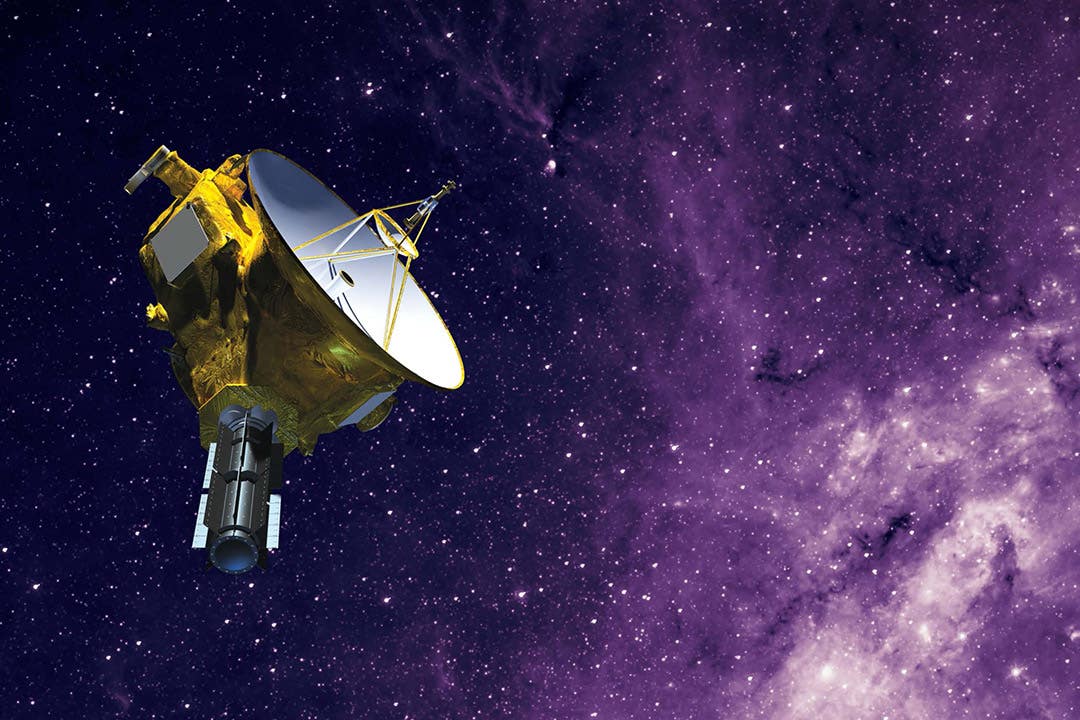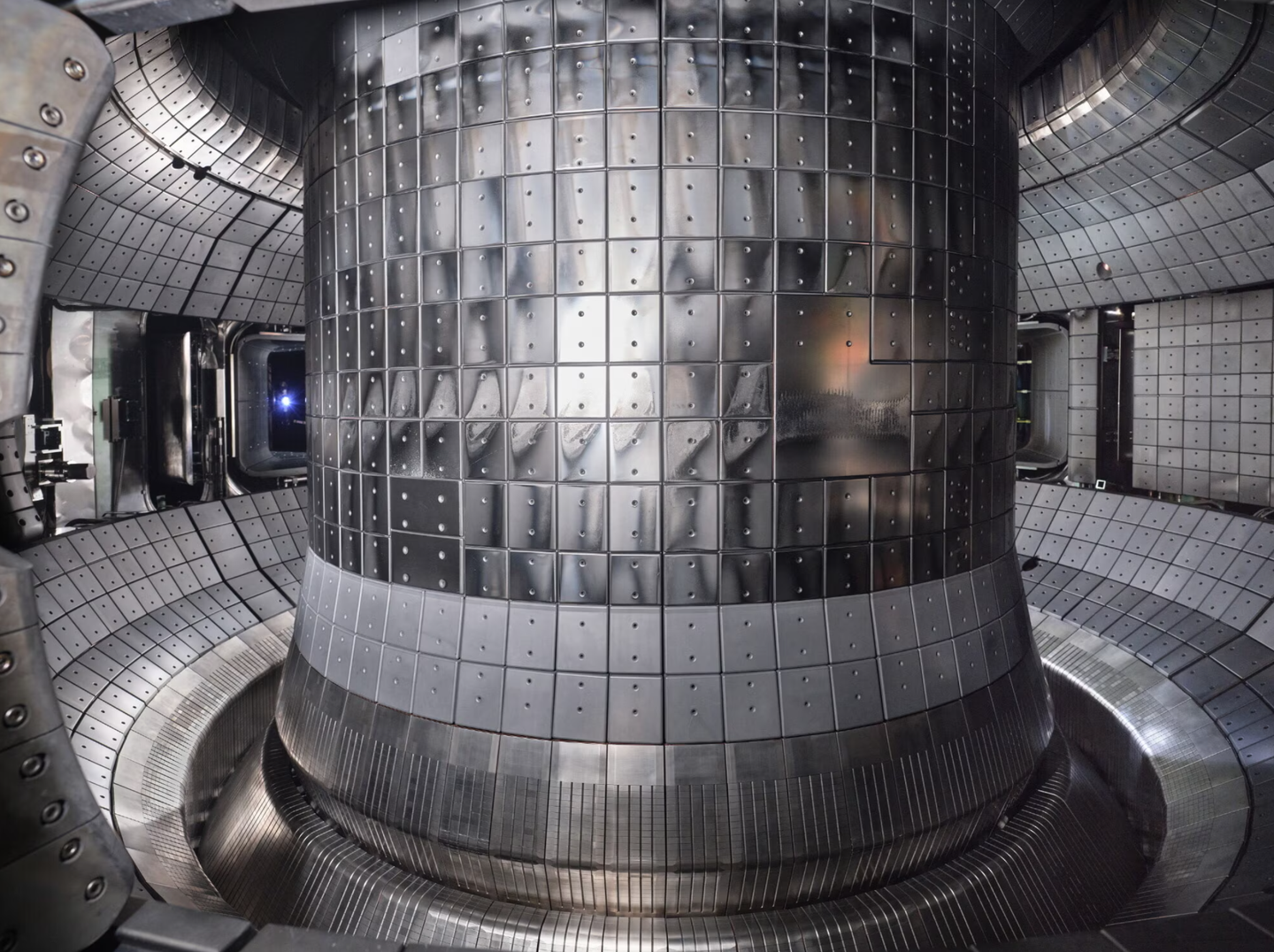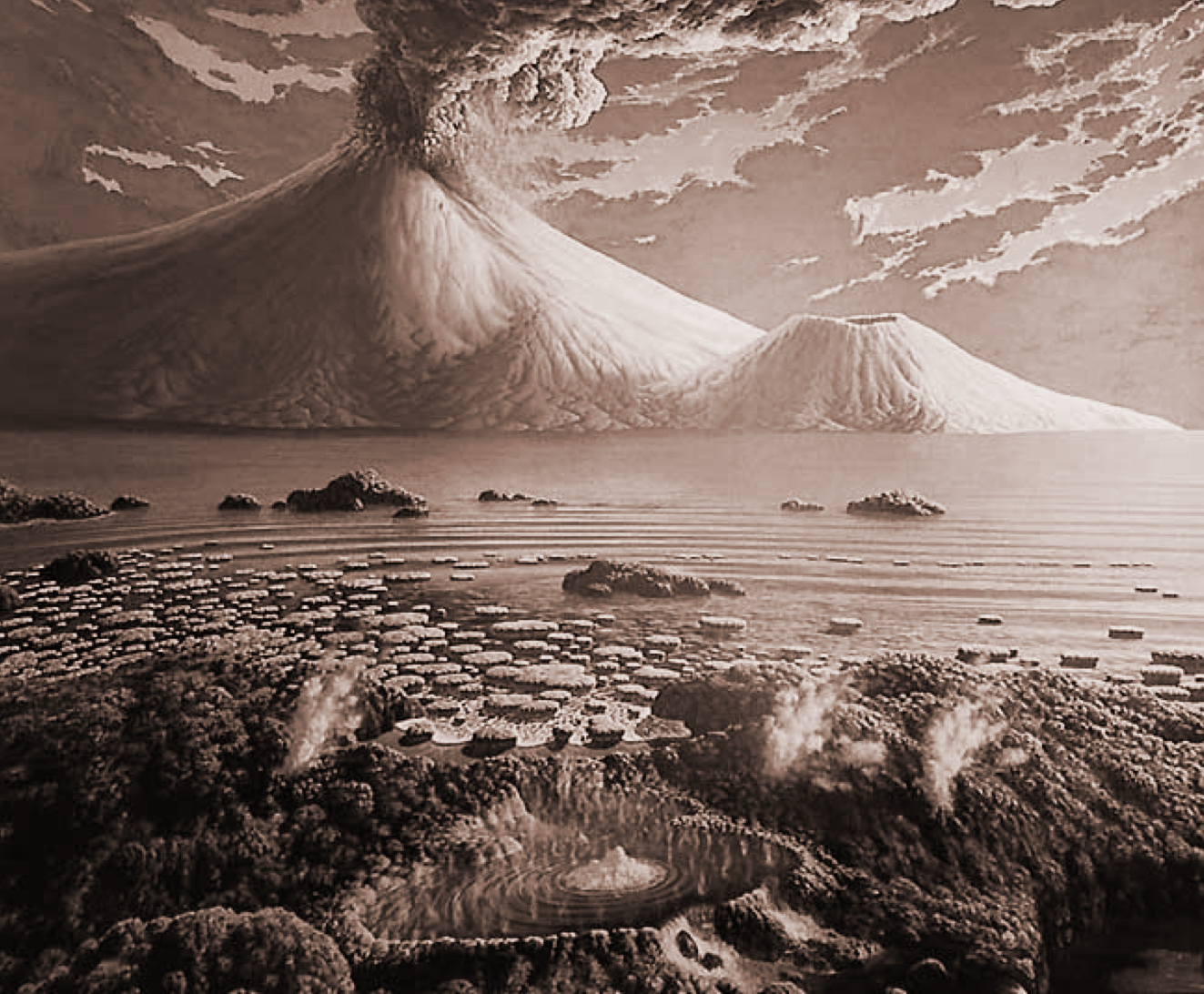Light from outside our galaxy 3x brighter than expected, study finds
New measurements show that the light emitted by stars outside our galaxy is two to three times brighter than the light from known galaxies.

[Dec. 18, 2022: Luke Auburn, Rochester Institute of Technology]
Artist's impression of NASA's New Horizons spacecraft. (CREDIT: NASA/APL/SwRI and NASA/JPL-Caltech)
Scientists analyzed new measurements showing that the light emitted by stars outside our galaxy is two to three times brighter than the light from known populations of galaxies, challenging assumptions about the number and environment of stars are in the universe. Results of the study led by researchers at Rochester Institute of Technology have been posted to ArXiv and The Astrophysical Journal.
The research team analyzed hundreds of images of background light taken by the Long-Range Reconnaissance Imager (LORRI) on NASA’s New Horizons mission to calculate the cosmic optical background (COB)—the sum of light emitted by stars beyond the Milky Way over the history of the universe. If the COB brightness doesn’t equal the light from galaxies we know about, it suggests there might be missing sources of optical light in the universe.
The extragalactic background light (EBL) is the sum of all light emitted by sources beyond the Milky Way integrated over the history of the universe. EBL sources include faint residual radiation from the universe’s early evolution, such as the cosmic microwave background as well as later emission from stellar and galactic evolution through cosmic time, and as a result is a powerful probe of cosmic structure formation.
The EBL measured at optical wavelengths, called the cosmic optical background (COB), is thought to be largely sourced by stellar nucleosynthesis from stars in galaxies throughout cosmic history, but also includes emission from active galactic nuclei (AGN) and all other forms of blackhole activity, such as mini-quasars
Related Stories
Direct photometric measurements of the cosmic optical background (COB) provide an important point of comparison to both other measurement methodologies and models of cosmic structure formation, and permit a cosmic consistency test with the potential to reveal additional diffuse sources of emission.
The COB has been challenging to measure from Earth due to the difficulty of isolating it from the diffuse light scattered from interplanetary dust in our solar system
“We see more light than we should see based on the populations of galaxies that we understand to exist and how much light we estimate they should produce,” said Teresa Symons ’22 Ph.D. (astrophysical sciences and technology), who led the study for her dissertation and is now a postdoctoral researcher at University of California Irvine.
All science fields input to our pipeline in raw units. For each of the 19 science fields contributing to our measurement of the COB, we show one example exposure in DN. (CREDIT: The Astrophysical Journal)
“Determining what is producing that light could change our fundamental understanding of how the universe formed over time.”
Earlier this year, an independent team of scientists reported the COB was twice as large as originally believed in Astrophysical Journal Letters.
An example unmasked LORRI exposure after pre-processing. Right: The same exposure after all masks have been applied. The large, circular mask near the center of the exposure masks an optical ghost caused by an off-axis bright star, faintly visible in the unmasked exposure. (CREDIT: The Astrophysical Journal)
Those results were no fluke, as corroborated using a much broader set of LORRI observations in the new study by Symons, RIT Associate Professor Michael Zemcov, and researchers at the Jet Propulsion Laboratory at Caltech, UC Irvine, UC Berkeley, and Johns Hopkins University.
While an unobscured measurement of the COB is difficult to achieve from the Earth due to dust between planets, the New Horizons spacecraft is at the edge of our solar system where this foreground is minimal and provides a much clearer view for this type of study.
All science fields calibrated to surface brightness including image masks. For each science field, we show an example calibrated, masked image with masked pixels in blue. (CREDIT: The Astrophysical Journal)
The scientists hope that future missions and instruments can be developed to help explore the discrepancy.
“This has gotten to the point where it’s an actual mystery that needs to be solved,” said Zemcov, a research professor at RIT’s Center for Detectors and School of Physics and Astronomy. “I hope that some of the experiments we’re involved in here at RIT including CIBER-2 and SPHEREx can help us resolve the discrepancy.”
Note: Materials provided above by Rochester Institute of Technology. Content may be edited for style and length.
Like these kind of feel good stories? Get the Brighter Side of News' newsletter.



